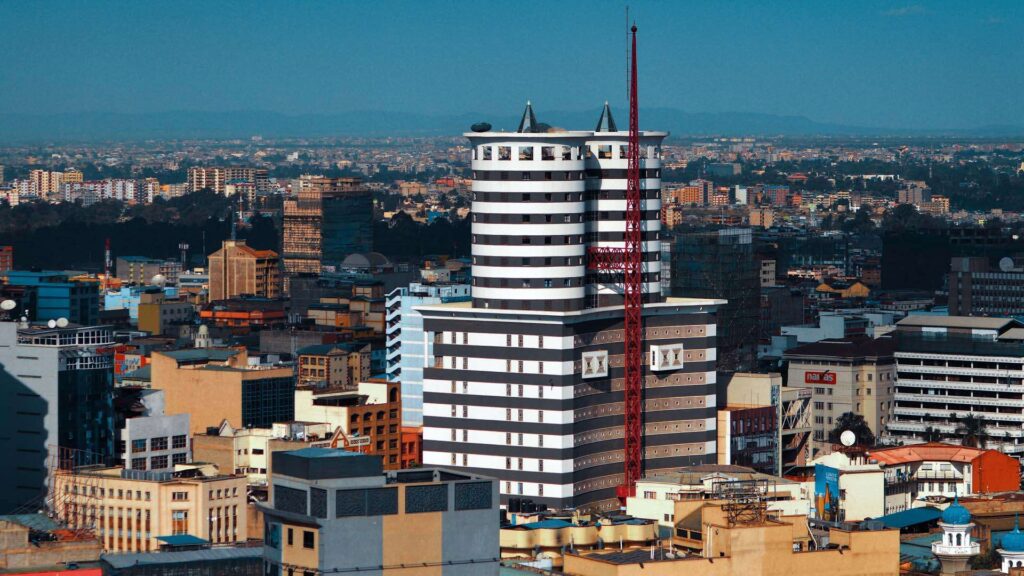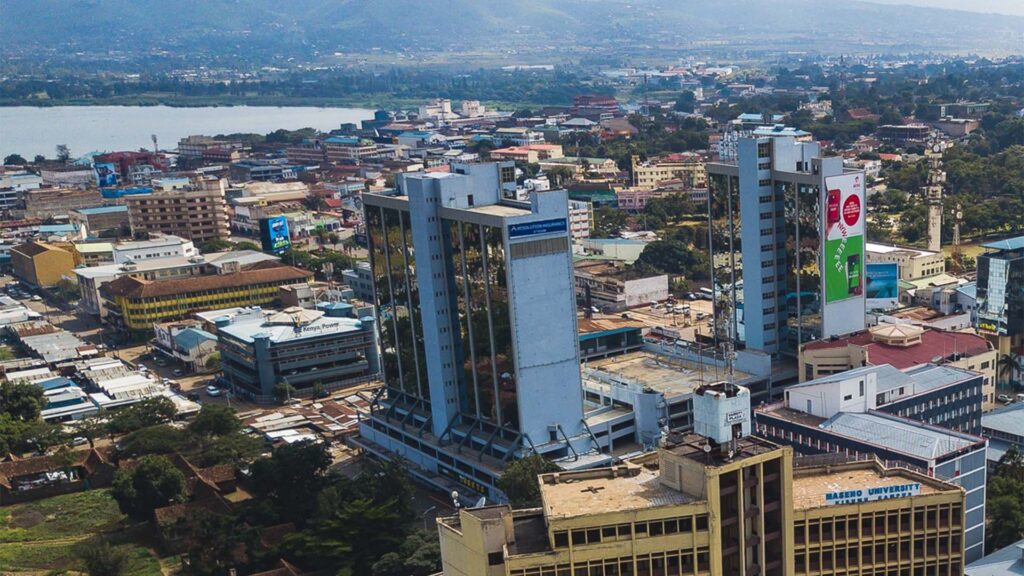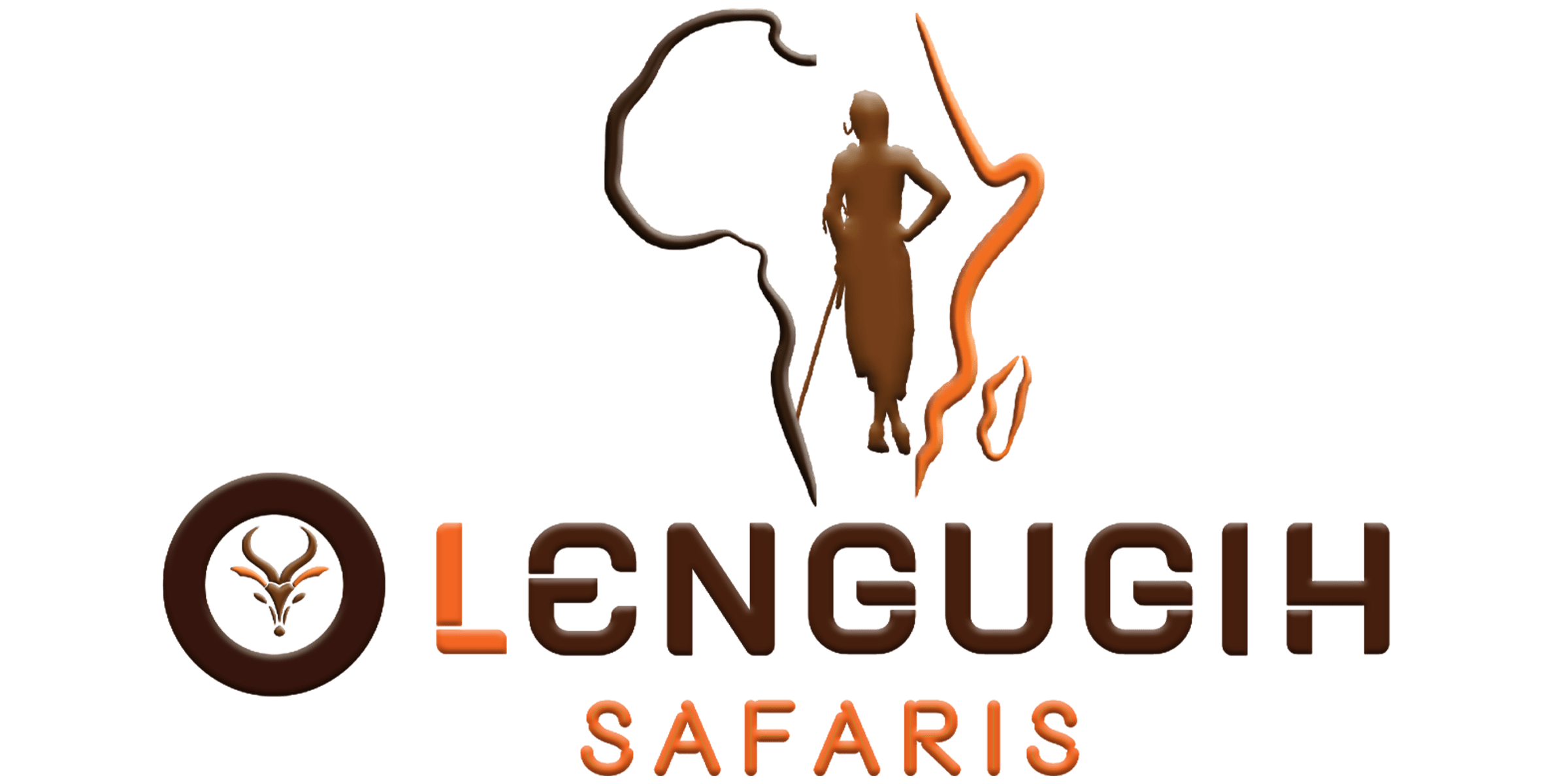MICE Tourism in Kenya: A Thriving Business Travel Hub
MICE tourism is a specialized sector that caters to large groups for specific business purposes. It includes Meetings, Incentive travel, Conferences, and Exhibitions (MICE). MICE Tourism in Kenya has grown significantly, making the country a top destination for corporate events. With world-class venues, excellent infrastructure, and breathtaking landscapes, Kenya offers an ideal setting for business travelers.
Meetings range from small board meetings to large corporate gatherings. They include strategy sessions, training seminars, and shareholder briefings. MICE Tourism in Kenya also features incentive travel, designed to reward employees or partners through team-building retreats and familiarization trips.
Conferences in Kenya provide platforms for networking, discussions, and professional growth. Events like sustainable tourism and travel industry summits attract global participants. Exhibitions, such as the World Travel Market, allow businesses to showcase products and services.
Kenya has been a leader in this sector for decades. Nairobi was named Africa’s leading business travel destination in 2016. The Kenya National Convention Bureau (KNCB) actively promotes MICE Tourism in Kenya, boosting the country’s economic growth.
Brand and marketing strategy for MICE in Kenya
Kenya’s MICE sector is growing fast, aligning with the KNCB Strategy 2030 and the government’s National Development Plan 2030. These strategies focus on sustainability, transformation, partnerships, and competitive experiences. The Kenya National Convention Bureau (KNCB) is working to strengthen public-private sector collaboration. By improving stakeholder engagement and adopting digital solutions, Kenya aims to position itself as a top MICE destination in Africa.
The government actively supports MICE Tourism in Kenya, ensuring world-class infrastructure, quality services, and a safe environment for international events. With well-equipped venues, professional services, and strategic location, Kenya is becoming a global hub for conferences and exhibitions.
To maintain its competitive edge, MICE Tourism in Kenya requires continuous investment. Flexible meeting spaces, diverse accommodation options, and advanced digital tools are essential. The industry is adapting to post-COVID needs, ensuring seamless event experiences. With these efforts, MICE Tourism in Kenya is set to thrive, attracting more global events and investments.
Impact of covid-19 on the Country’s MICE industry
Governments will play a crucial role in the restarting and recovering the MICE industry in the months and years to come. Even as borders remain open in Kenya, strict measures are in place to maintain the population’s health and safety. Businesses have quickly adapted to meet the needs of the new virtual meetings environment informed by lessons learned throughout the year of change, key trends, considerations, and take away in the delivery of future meetings, whether they are virtual or hybrid.
Top five meeting destinations in Kenya
The uniqueness of the conference facilities and meeting destinations in Kenya has continuously positioned this country in a competitive position on the world map. However, Kenya is facing stiff competition from countries like Rwanda. Nevertheless, Kenya is full of creative people with great ideas making its MICE industry successful.
Nairobi
Nairobi is a globally recognized bustling city. It hosts Africa’s tallest Convention center [KICC] and is one of the largest in terms of capacity on the whole continent. Some of the most recommended conference facilities in Nairobi include; Golden Tulip, Radisson Blu, KICC, and Hotel Intercontinental.

Kenyan Coast
The key points of interest for MICE tourism in this region are Mombasa city and Diani, Africa’s leading beach destination. Diani Beach is an extremely tranquil beach destination. The exchange winds of the Indian Ocean deliver the magnificence that embowers the South Eastern region of Kenya. Wonderful stellar shorelines. A rejuvenating sun. This region best suits travellers who want to mix business with ultimate pleasure and relaxation.
Examples of the conference facilities in this region include; Pride Inn Paradise Beach Hotel and Spa, Sarova White Sands Beach Resort, Leopard Beach Resort and Spa, and Voyager Beach Resort.

Naivasha
Naivasha is popular for hosting domestic conferences, but since 2013, it has grown to host some major international conferences. Lake Naivasha and Hells Gate National Park have spearheaded the growth of this destination. The most recommended conference venues in Naivasha include; Enashipai Resort, Great Rift Valley Lodge and Golf Resort, Lake Naivasha Panorama Park and Lodge, and Lake Naivasha Country Club.

Kisumu
Kisumu is served by Kisumu Airport, with regular daily flights to Nairobi and elsewhere. Conference venues include; Acacia Premier Kisumu, Kisumu Hotel, Imperial Hotel, and The Vic Hotel.

Maasai Mara
Maasai Mara is the crown jewel of Kenya’s wildlife destinations. It also offers excellent venues for MICE Tourism in Kenya, including Keekorok Lodge, Fairmont Mara Safari Club, and Sarova Mara Game Camp.
To ensure the sector’s continued growth, the industry must adapt to emerging trends, follow best practices for safe business operations post-COVID-19, and invest in staff training. Additionally, integrating virtual meeting technologies and upgrading venues will enhance Kenya’s competitiveness in the global MICE market.
KNCB is leading efforts to expand the economic impact of MICE Tourism in Kenya. The strategy includes database mining, business retention, and homegrown event development. Moreover, offering business incentives and analyzing bid successes and failures will strengthen the sector. By focusing on these areas, MICE Tourism in Kenya will thrive, attracting more international events and boosting the country’s tourism economy.

